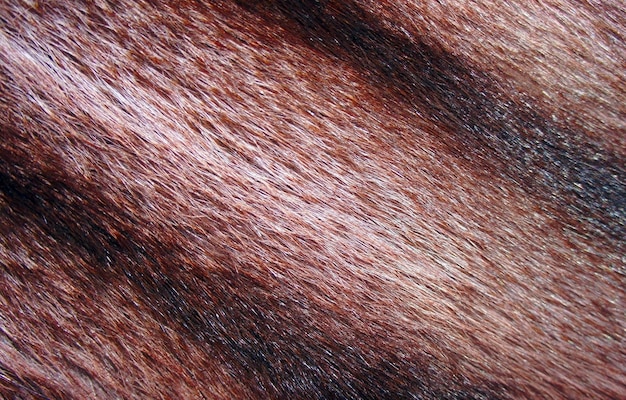
Today, let’s turn our attention to another central character in “Once Upon a Time,” Rumpelstiltskin.
Most of us remember the tale of a magical being who helped a poor young maiden transform straw into gold, but at a cost. This story comes from the Brothers Grimm’s collection, “Children’s and Household Tales,” first published in 1812.
The Story of Rumpelstiltskin
If it’s been a while since you heard the story, here’s a quick recap. It starts with a miller who falsely brags to his king that his daughter can spin straw into gold. The king, believing this lie, locks her in a tower and demands she turn all the straw into gold by morning, or she’ll be put to death. Desperate, the girl accepts help from a tiny imp, who transforms the straw into gold in exchange for her necklace.
This exchange happens several times, with the king becoming greedier each night. By the third night, the girl has nothing left to offer the imp, so he demands her firstborn child in return. After this night, the king marries the miller’s daughter. When their first child is born, the imp returns to claim what he is owed.
You probably recall the next part: the imp agrees not to take the child if the girl can guess his name within three days. She eventually discovers his name is Rumpelstiltskin, and he leaves in fury. The Brothers Grimm originally made this ending even darker, describing Rumpelstiltskin tearing himself in two out of rage.
The Message
What does this story mean? It highlights the dangers of greed and the lust for power. Both the miller and the king are driven by these vices; the miller is hungry for power, while the king is plainly greedy. Unfortunately, it’s the miller’s daughter who suffers from their actions. This dynamic also shows how men held ultimate power over women, and how helpless women could be in such a society.
However, it’s noteworthy that the girl outsmarts all the men and saves herself in the end. The transformation of straw into gold symbolizes the classic rags-to-riches trope. While the men benefit, it’s the girl who rises from being a poor miller’s daughter to becoming a queen, using her wits to discover Rumpelstiltskin’s name.
An interesting detail is that the Grimm Brothers collected many of their stories from women in their lives, some of whom were from the upper classes. The story suggests that, even in a male-dominated world, women can still gain some control over their lives by being clever and resourceful.
Once Upon a Time
Season two of “Once Upon a Time” offers a new take on this story, pushing the concept even further. Instead of the miller boasting, it’s his daughter who claims she can spin straw into gold, drawn by the promise of power. This version retains most of the original’s elements but removes the male dominance. Here, women are the ones seeking power.
Rather than being content with Rumpelstiltskin’s help, Cora insists on learning how to spin the straw into gold herself, willingly trading her firstborn for the magic. She showcases her newfound power openly in court, indicating her control.
Cora also manages to outsmart Rumpelstiltskin without guessing his name. She alters their deal, making him think she’ll run away with him, only to choose becoming queen instead. Yet, her greed eventually catches up with her, forcing her to rip out her own heart to avoid going with Rumpelstiltskin. While this version features a strong female lead, it still warns against the dangers of greed and the quest for power.
So, the lesson here is clear: Don’t be greedy! That’s it for this week. Tune in next week for another episode of Behind the Folk Tale. Until then!

